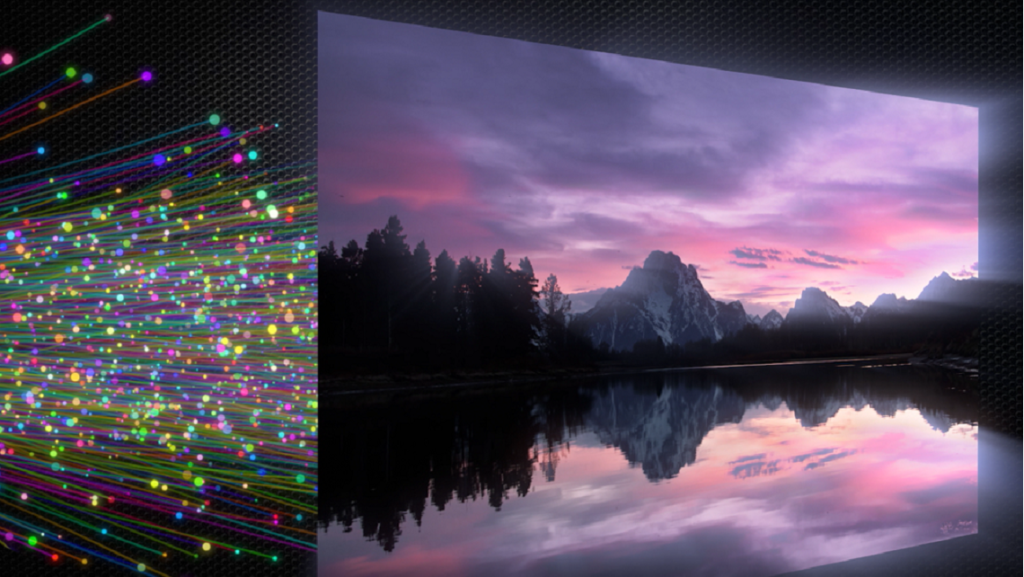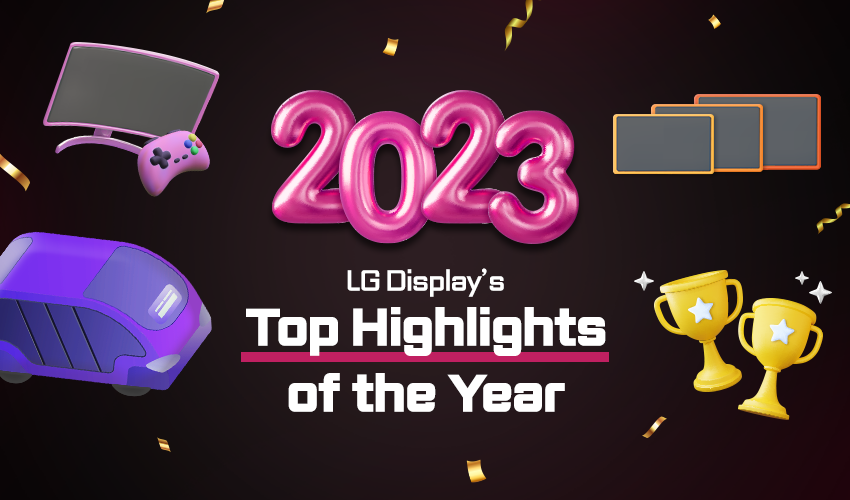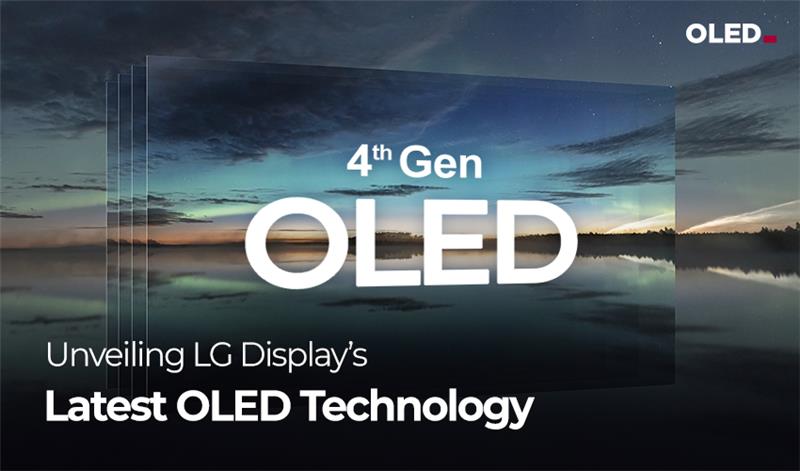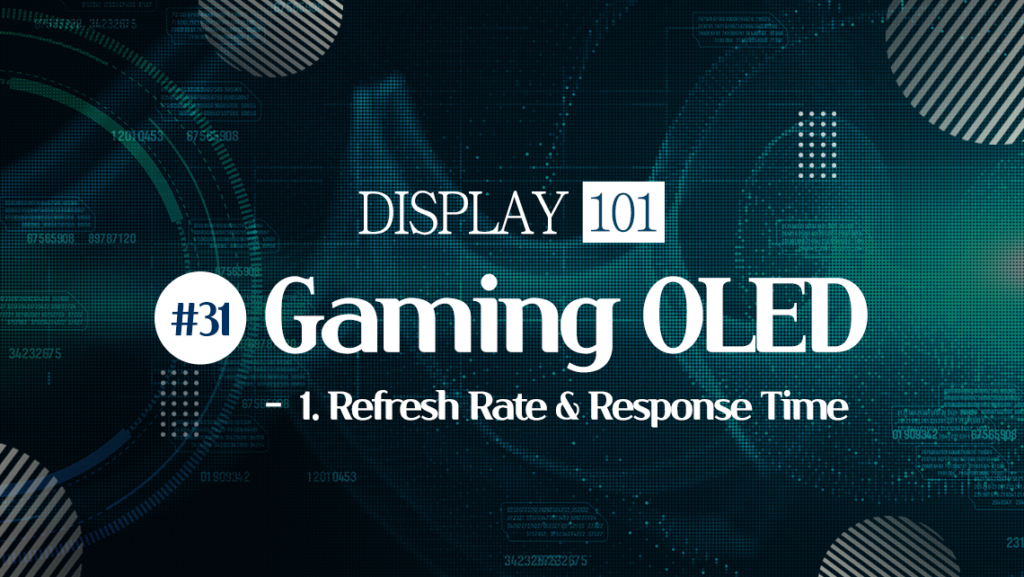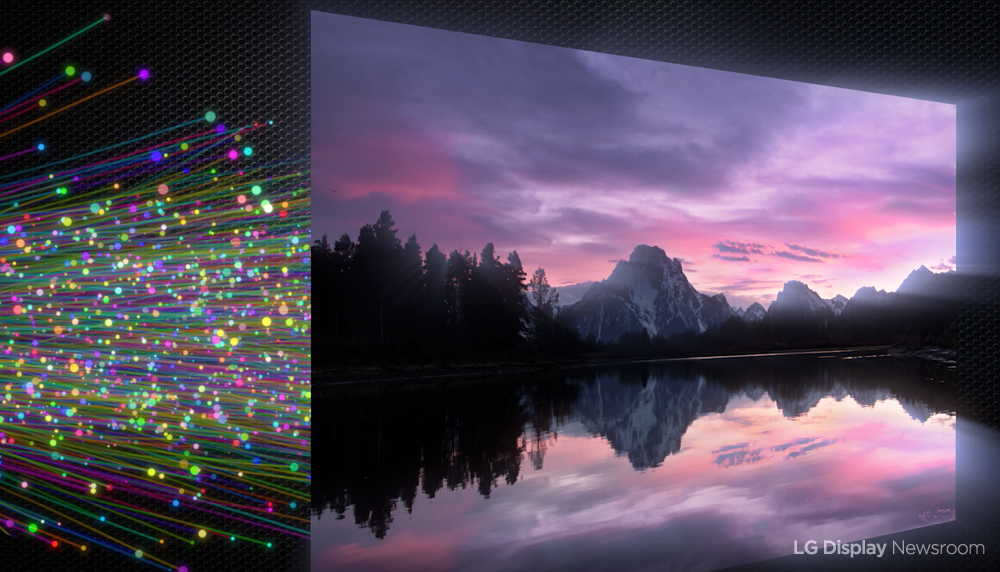
Displays are already essential in the modern digital world. They are needed for TVs, laptops, and smartphones. We rely on them for work, entertainment, messaging, and many other daily tasks. In fact, the number of screens around the world has already passed the double-digit billion mark. But what will their role be in 2030?
Global consulting firm Deloitte has sought to answer that very question with its Future of Screens report. So, let’s take a look at what the coming years might hold and how the evolution of display technologies represents a bridge to the future.
A crossroads with four possible scenarios
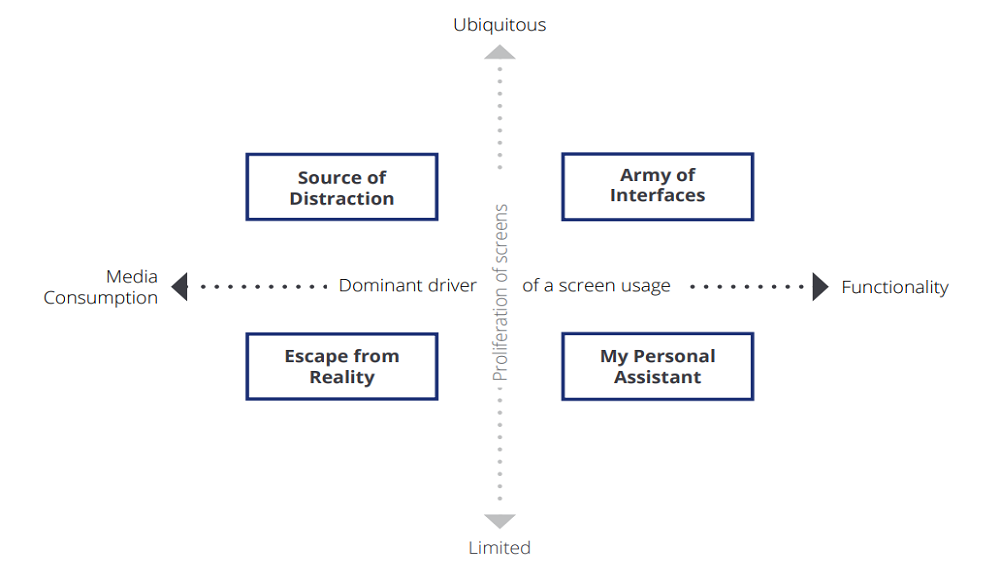
Deloitte’s report presents four distinct scenarios, though increased screen time overall is seen as a certainty in all of its possible futures. The first scenario dubbed ‘Army of Interfaces’ features screens everywhere and views them as a core part of connectivity. In this vision of the future, displays are integrated into experiences such as transportation and shopping, with media consumption being just one of many display functions across private and public applications.
The second scenario, ‘My Personal Assistant’, puts more emphasis on personalized devices with high functionality. ‘Escape from Reality’ is a world where consumers immerse themselves in content using high-end displays. Finally, ‘Source of Distraction’ imagines screens being ubiquitous but warns of a media-dominated future in which the messages on display fail to connect with consumers because they are not personalized enough.
The power of future displays is already here
Deloitte recognizes that the future of screens depends on several factors, including technological innovations and individual business decisions. LG Display, the world’s leading display maker, is surely playing its part by expanding high-end display applications. Indeed, its Transparent OLEDs are already welcoming the ‘Army of Interfaces’ forecast, transforming the transportation space as well as shopping and art.

What’s also clear is the importance of the evolution of displays as we envisage a future in which the demands for excellence increase. ‘Escape from Reality’ is all about immersion. In order to get away from work or study and enter their personal space, people need a display that can rise to the challenge through technical brilliance. While LG Display’s OLED technology was already prized for its immersive excellence built on image accuracy, rich colors, deep blacks, flexible form factors, and sleek design, now the company’s newly-unveiled OLED.EX takes that to another level.
OLED.EX has drawn global attention since LG Display announced its groundbreaking technological leap at the end of last year, with the promise of 30% more brightness and 30% less bezel thickness. The OLED.EX factor is twofold: the application of a substance called deuterium to OLED pixels and the integration of a personalized algorithm based on machine learning technology.
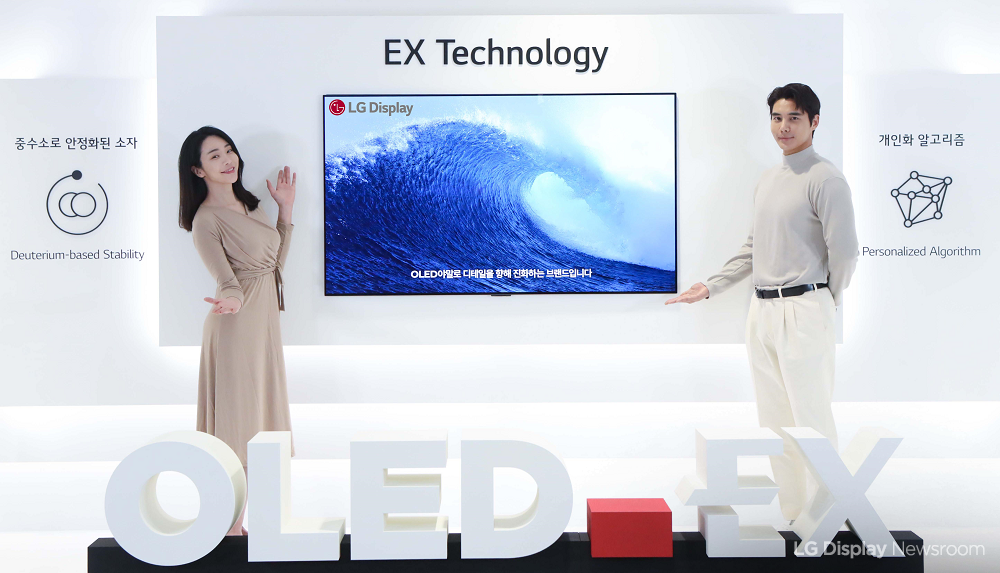
During CES 2022, leading foreign media paid close attention to the OLED.EX breakthrough. Forbes quoted “a new era of OLED picture quality innovation” to say that LG Display is taking it to the next level — from conventional OLED displays to advanced technology. Meanwhile, Digital Trends celebrated the competitive advantage gained by that 30% brightness boost. And Gizmodo selected OLED.EX among “The Best, Coolest, and Weirdest Gadgets at CES 2022.”
As Deloitte readily admits, no one can predict the exact future of screens. Yet new display innovations like OLED.EX give us more than a glimpse of their power to meet our evolving needs as we enter a highly connected future. LG Display is developing the most advanced screen technologies while also prioritizing aesthetics, allowing displays to seamlessly enhance our lives and match the requirements of fast-changing applications from mobility to the metaverse and beyond.




